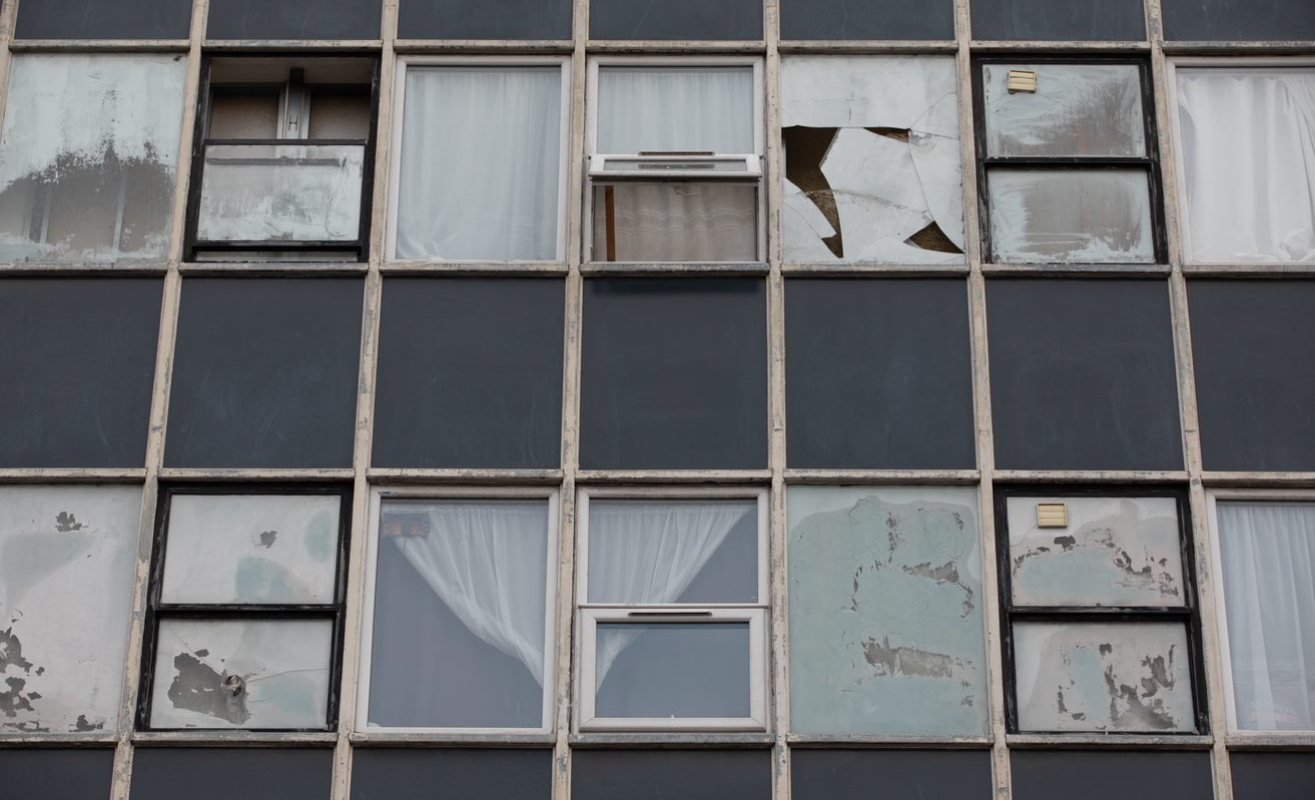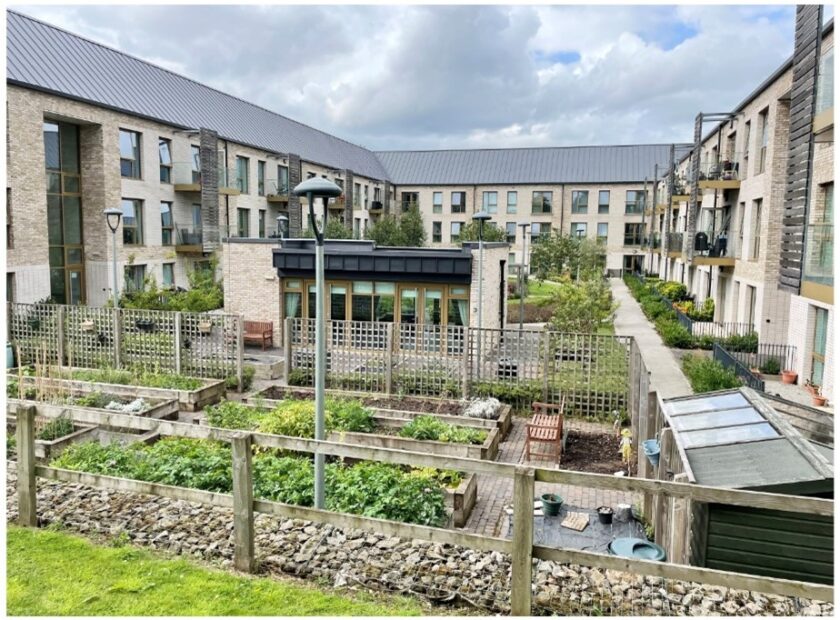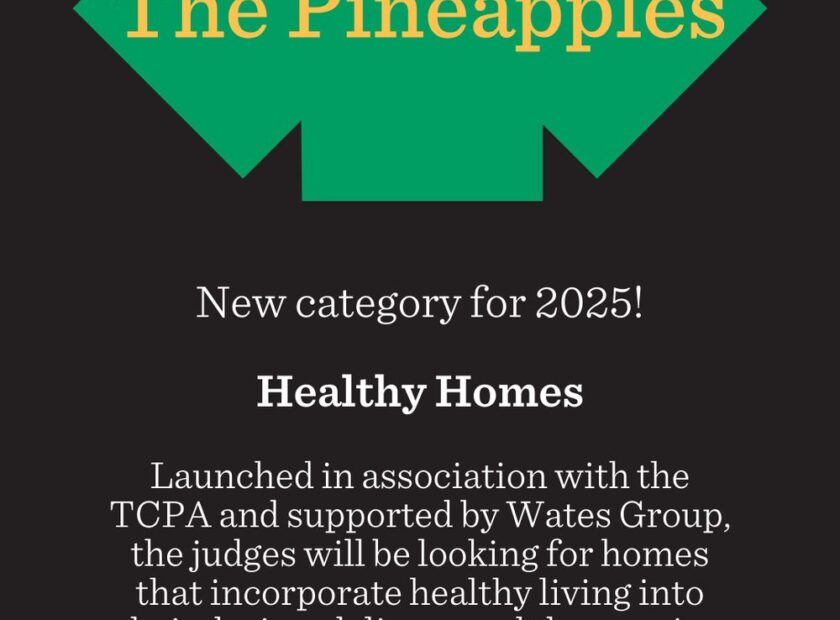The latest government announcement allowing large offices to be converted to housing without a full planning application (through ‘permitted development’) has entirely ignored the evidence about the consequences of this deregulation for people’s health and wellbeing. Homes that are created through permitted development are not subject to national and local planning policies or guidance: the quality of these homes relies almost entirely on building regulations and a limited set of ‘prior approval’ conditions.
However, extensive new research published by the TCPA has found gaps and loopholes in relation to the regulation of permitted development. The current regime is hugely complex and lacks clarity regarding which building regulations apply to the various different types (or ‘use classes’) of permitted development conversion.
The original purpose of permitted development was to allow minor extensions for individual households, and small building conversions, without requiring a planning application. Since 2013 the government has made it possible to convert a range of commercial buildings into homes through permitted development. Extending permitted development in this way was never about creating homes that would support the health of residents: it was motivated a desire to cut through so-called ‘red tape’. This fails to understand the strategic place-based role of planning.
The current rules around permitted development are highly complex, difficult for anyone to understand and therefore implement. In particular, it is very difficult for local authorities and regulators – whose oversight over permitted development is already highly limited – to influence the quality of homes.
The TCPA, with UCL, has conducted a national review of planning policy, building regulations and housing law to better understand the implications for the quality of homes produced through permitted development.
The review has found that, even before this latest change, the current permitted development regime fails to ensure eleven out of twelve Healthy Homes Principles.
We have also identified various loopholes in building regulations for residential proprieties that are produced from converted buildings (according to guidance on ‘material change of use’).
There are worrying regulatory gaps regarding structural safety, accessibility, protection from falling, as well as protection from damp, and overheating, according to the guidance on ‘material change of use’ for residential conversions.
Furthermore, the limited range of national levers available to local authorities and inspectors under permitted development rules, alongside under-resourcing is impacting the effective enforcement of these minimum regulations. This creates potential opportunities for unscrupulous developers to cut corners, which in turn increases the risk of poor-quality housing being created.
Recommendations
While the TCPA supports the principle of converting empty properties to contribute to a greater supply of homes, we argue that all new housing development, including those involving the conversion of existing buildings, requires proper scrutiny through the democratic and strategic planning process. As long as permitted development rights continue to be applied however we recommend that the following measures should be urgently adopted.
1. Mandatory quality standards for all new homes
The government needs to ensure much greater clarity and consistency about the building regulations and policies that apply to the quality of homes produced through permitted development. A comprehensive set of mandatory Healthy Homes standards for new homes must be applied to ensure all new homes and the surrounding areas are of good quality, whether created through permitted development or planning applications.
2. Permitted development rights should not be further expanded
This research provides clear evidence that the way that permitted development currently works is insufficient to protect people from poor quality housing. No further extension of permitted development rights should take place unless mandatory Healthy Homes standards and clear building regulations for all new homes are in place, along with the proper resources and enforcement mechanisms to ensure those standards are met.
3. Apply building regulations consistently to all new homes, including existing buildings converted to residential use
The Government should address the loop-holes that exist in minimum building regulations when buildings undergo a ‘material change of use’ to residential use. The definition of material change of use should explicitly include dwellings and flats created through permitted development. Building regulations should be applied consistently to all existing buildings changed to residential use. The following building regulations should explicitly apply to a change of use to a dwelling or flats, in particular:
- Structural safety (Approved Documents A1-A3);
- Resistance to moisture (Approved Document C2) should also be consistently applied to include flats.
- Protection from falling, collision and impact (Approved Documents K6);
- Access to building (Approved Document M1); and
- Overheating (Approved Document O).
Link to full technical report: ‘Permitted development, housing and health: a review of national policy and regulations‘
Contact: Dr Rosalie Callway, TCPA Policy and Project Manager Rosalie.Callway@tcpa.org.uk




